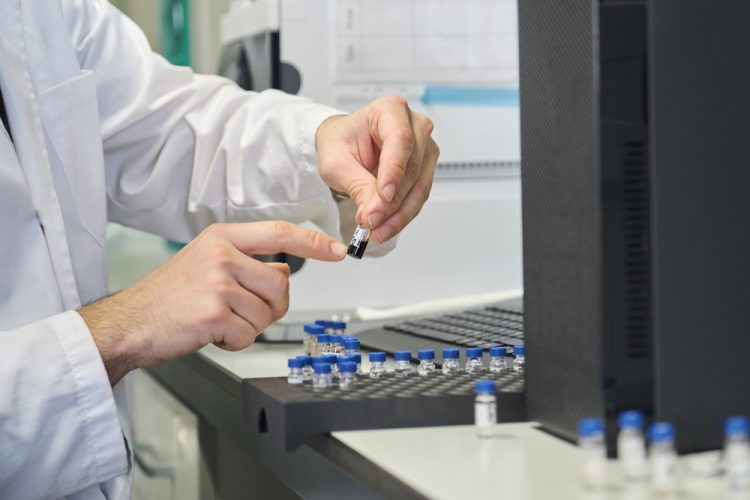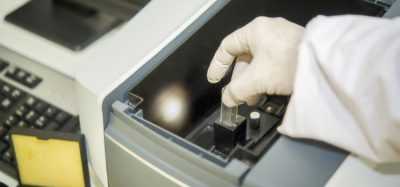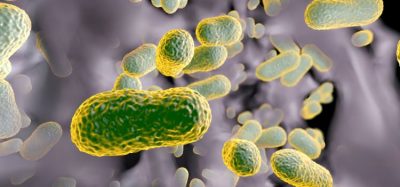Using UHPLC-MS/MS for trace detection of β-lactam antibiotics
Posted: 22 November 2022 | Caroline Peachey (European Pharmaceutical Review) | No comments yet
Researchers demonstrate ultra high performance liquid chromatography with triple quadrupole mass spectrometry to detect and quantify trace amounts of cephapirin and ceftiofur.


A paper, published in Molecules, has developed validated the use of ultra-performance liquid chromatography with triple quadrupole mass spectrometry, or UHPLC-MS/MS, for identification and detection of the β-lactams cephapirin and ceftiofur in cleaning solutions of the production reactors.
Trace detection of β-lactam antibiotics in cleaning rinse solutions and manufacturing aids in pharmaceutical facilities is crucial and regulated.
Cross contamination of β-lactams is high risk for patients using pharmaceuticals, as they can cause potentially life-threatening reactions in trace amounts. In addition, cephapirin and ceftiofur contaminants present in production reactors can be carried forward into the cleaning solution during the cleaning process.
Historically, several sophisticated and laborious analytical techniques have been utilised for determination of β-lactams, including microbial inhibition, radioimmunoassay, enzyme-linked immunosorbent, bioluminescent immunoassay and biosensors, according to the paper.
Molecularly imprinted polymer nanoparticles and other metal and metal oxide nanoparticles have also been used for the detection and removal of hazardous antibiotic pollutants. However, “they lack specificity and are suitable only when qualitative information is desired,” the paper stated.
Spectroscopic methods are another alternative, but the absence of chromophores in β-lactam antibiotics means the method needs a suitable derivatisation to obtain colour. Furthermore, many spectroscopic methods were developed using conventional high-performance liquid chromatography (HPLC) with UV detection and “suffer from a long analysis time,” the paper added. LC-MS/MS methods have also been reported for determining antibiotics in drug products and on manufacturing surfaces, but not specifically for β-lactam compounds of cephapirin and ceftiofur at trace levels.
“The development of an easy, rapid, and accurate multi-residue analytical method involving ultra-high performance liquid chromatographic technique is required,” the paper noted.
Rapid UHPLC-MS/MS analysis
Analysis was performed on using a C18 column (100mm long, 4.6mm diameter) with 3.5 µm particle size at an oven temperature of approx. 40 °C. The mobile phase comprised 0.15% formic acid in water and acetonitrile as mobile phases A and B. Flow rate was set to 0.6 mL/min.
“The quantification precision and accuracy were determined to be the lowest limit of detection 0.15 parts per billion (ppb) and the lowest limit of quantification 0.4 ppb,” according to the paper by Chittireddy et al.
The researchers determined that rapid UHPLC-MS/MS. A sensitive and fast method was “fit-for-purpose for detecting and quantifying trace amounts of β-lactam contamination, monitoring cross contamination in facility surface cleaning, and determining the acceptable level of limits for regulatory purposes.”









